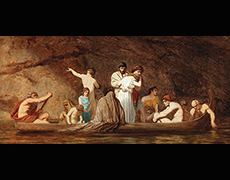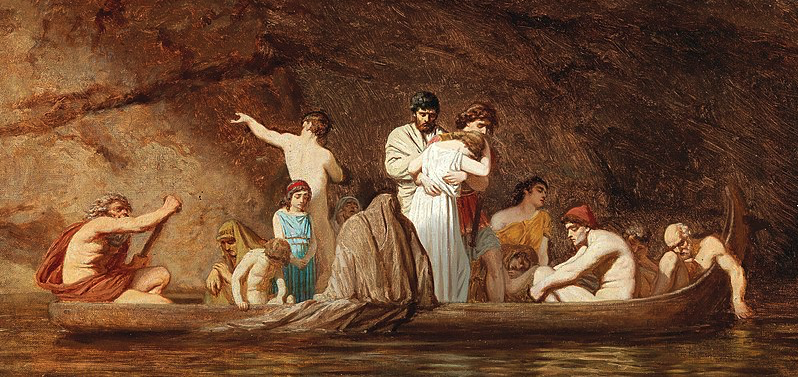
The afterlife was a major concern in ancient Rome, and the beliefs and practices surrounding it played a significant role in the daily lives of its citizens. From the afterlife destinations of the soul to the rituals and offerings made to the gods, here are ten things you should know about the afterlife in ancient Rome.
1. Three Regions
The Roman Underworld was divided into three main regions: Tartarus, the Pit of Torment; Elysium, the Realm of the Blessed; and the Asphodel Fields, for the average person.

2. Judged
The Romans believed that the soul of the deceased passed into the underworld, where it was judged by the god of the underworld, Pluto.
3. The Soul
The afterlife was thought to be an extension of life on earth, with the soul maintaining its consciousness and memory.

4. Wealthy Romans
Wealthy Romans would often leave behind elaborate tombs and offerings for the gods in the hopes of ensuring a peaceful and favorable afterlife.
5. Honoring the Dead
The dead were honored and remembered through rituals such as the Lemuria, where ancestors were invoked to ward off evil spirits, and the Parentalia, a festival dedicated to honoring the dead.
6. Purgatory
The concept of purgatory, where the soul was cleansed and purified, was also present in ancient Roman beliefs.

7. Magic and Spells
Ancient Romans believed in the power of magic and spells to communicate with the dead, and many spells and incantations were used to ensure a smooth transition into the afterlife.
8. Offerings
Offerings such as food, wine, and money were left for the deceased at their tombs to ensure their comfort in the afterlife.

9. Influenced by the Greeks
Roman beliefs about the afterlife were heavily influenced by the Greeks, and the myth of Orpheus and Eurydice played a significant role in shaping Roman views on the underworld.
10. Reincarnation
The afterlife was not seen as a final destination, but rather as a temporary state, with the possibility of reincarnation.

